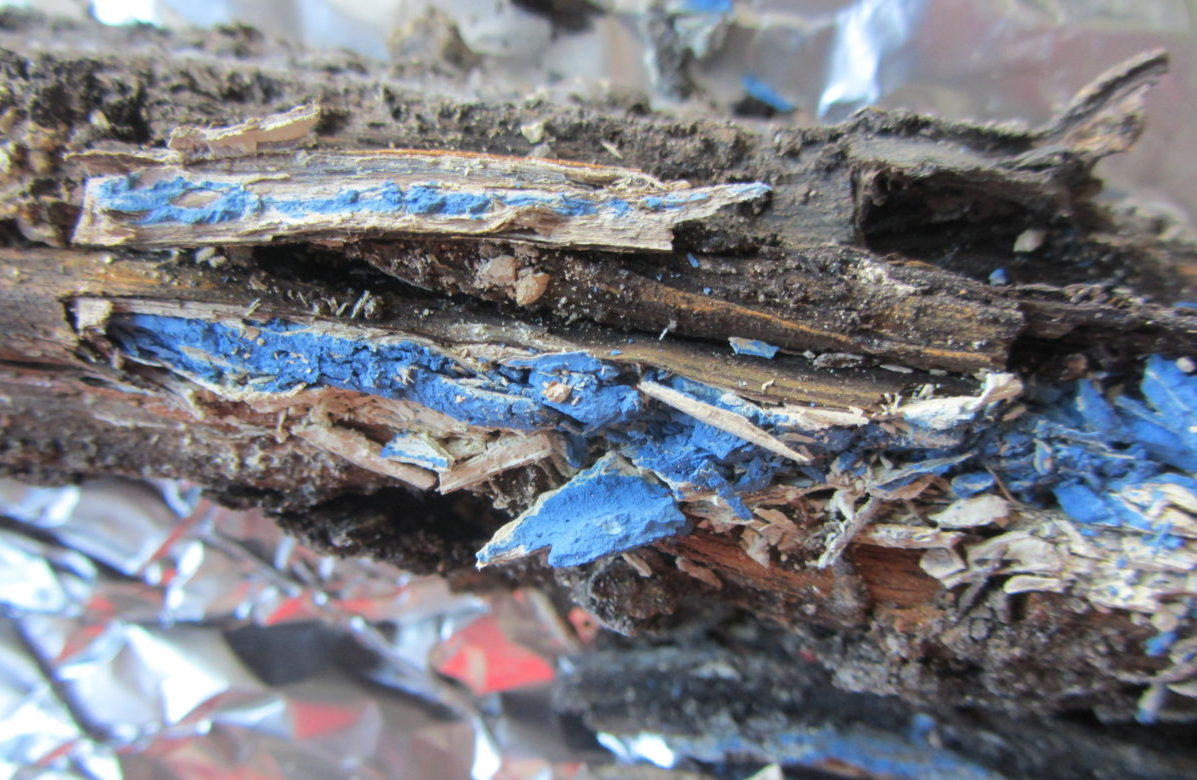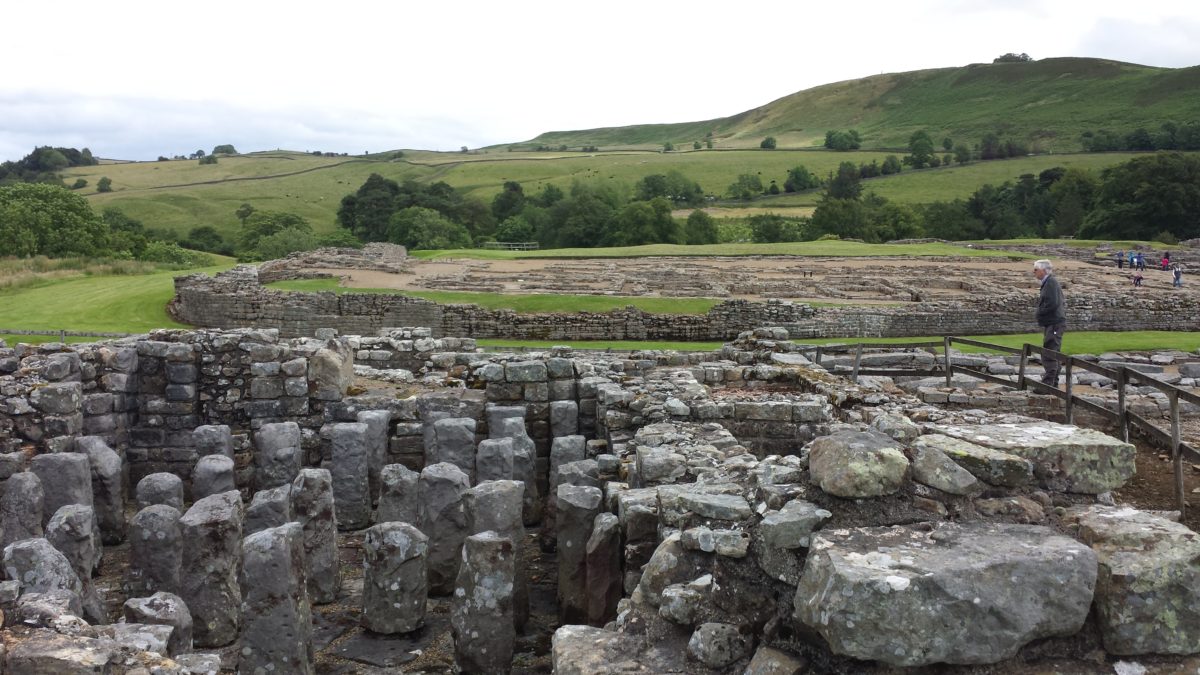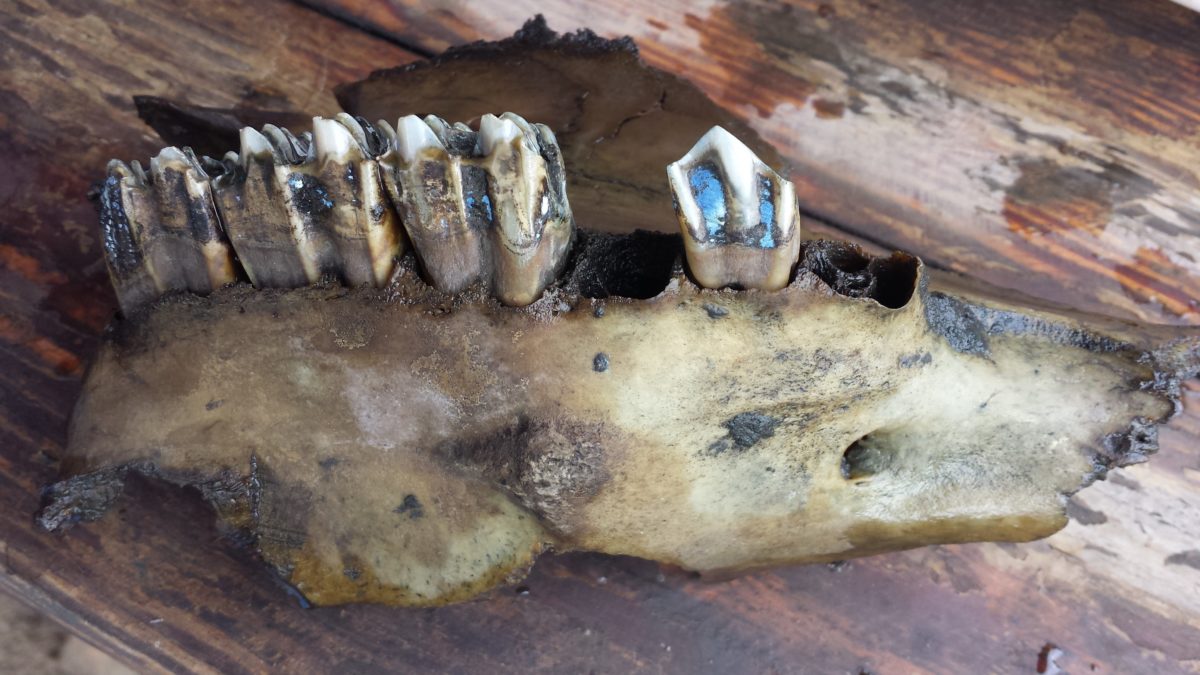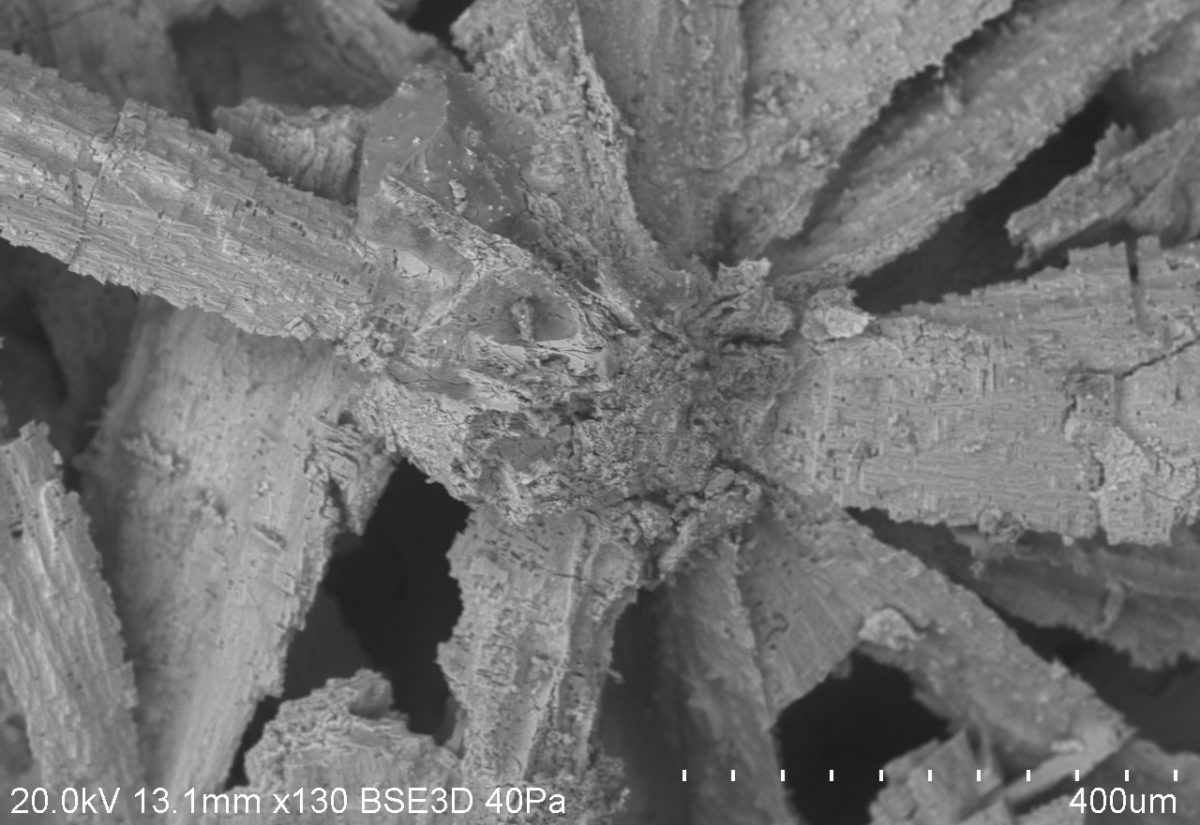Welcome to the Teesside University Bioarchaeology (TUBA) blog
Bioarchaeology is the study of human remains and associated artefacts in the archeological context. TUBA is a unique group in archaeology by having members across a range of disciplines, including chemistry, microbiology, anthropology, archaeology, and ecology, among several others.
TUBA is currently researching the chemical and biological processes of diagenesis and preservation at Vindolanda, the infamous Roman military fort and World Heritage site located along Hadrian’s Wall. This will improve the management of unique environments and artefacts.
We look forward to showing you our experiments, findings, and updating you on other research that the team will be doing. Thank you for your visit!
TUBA





